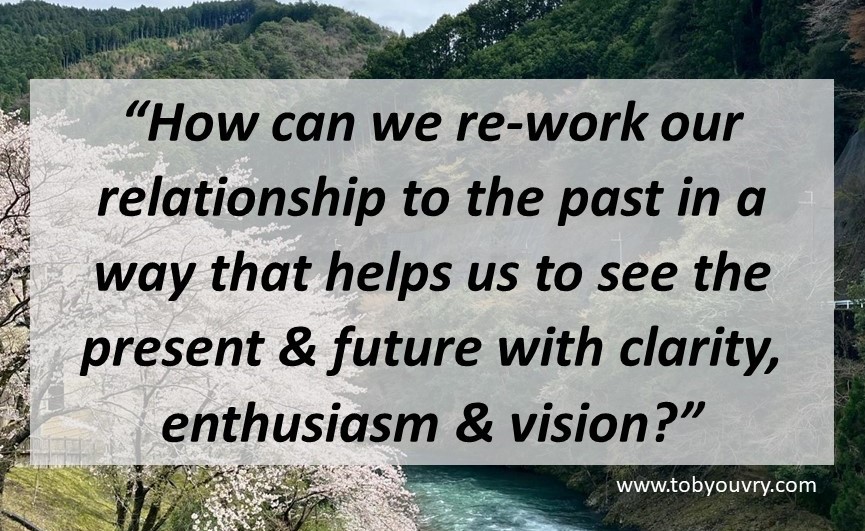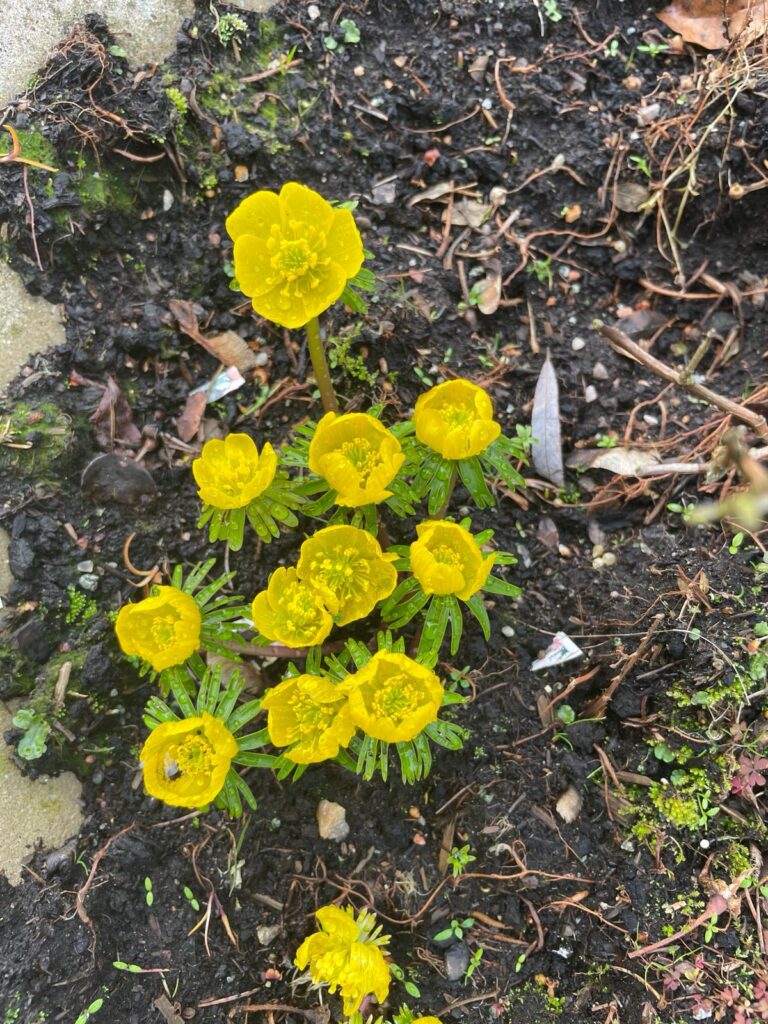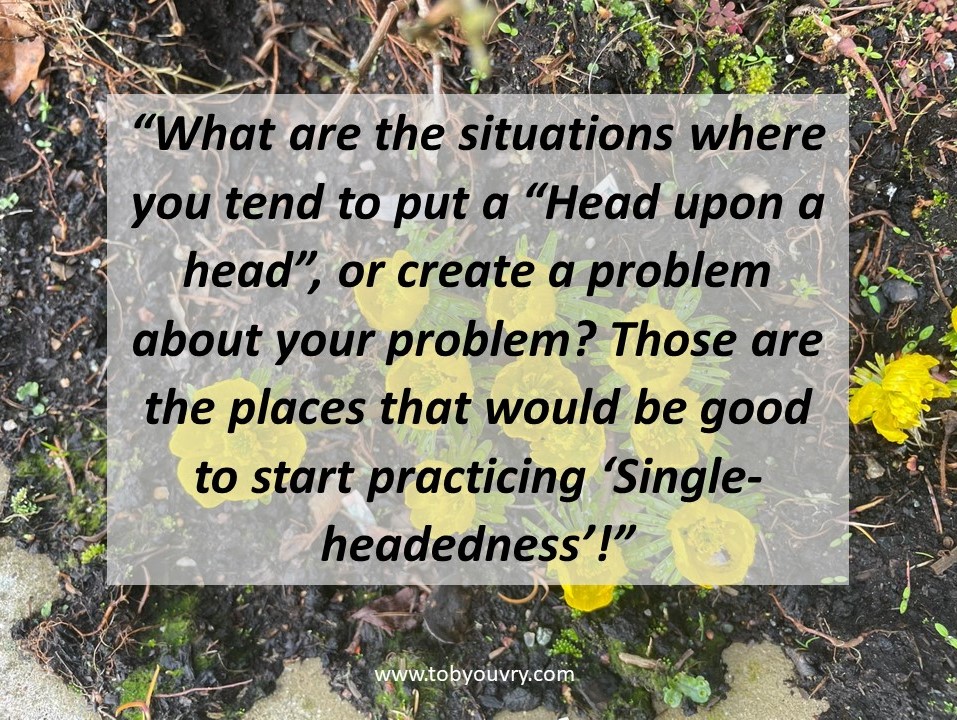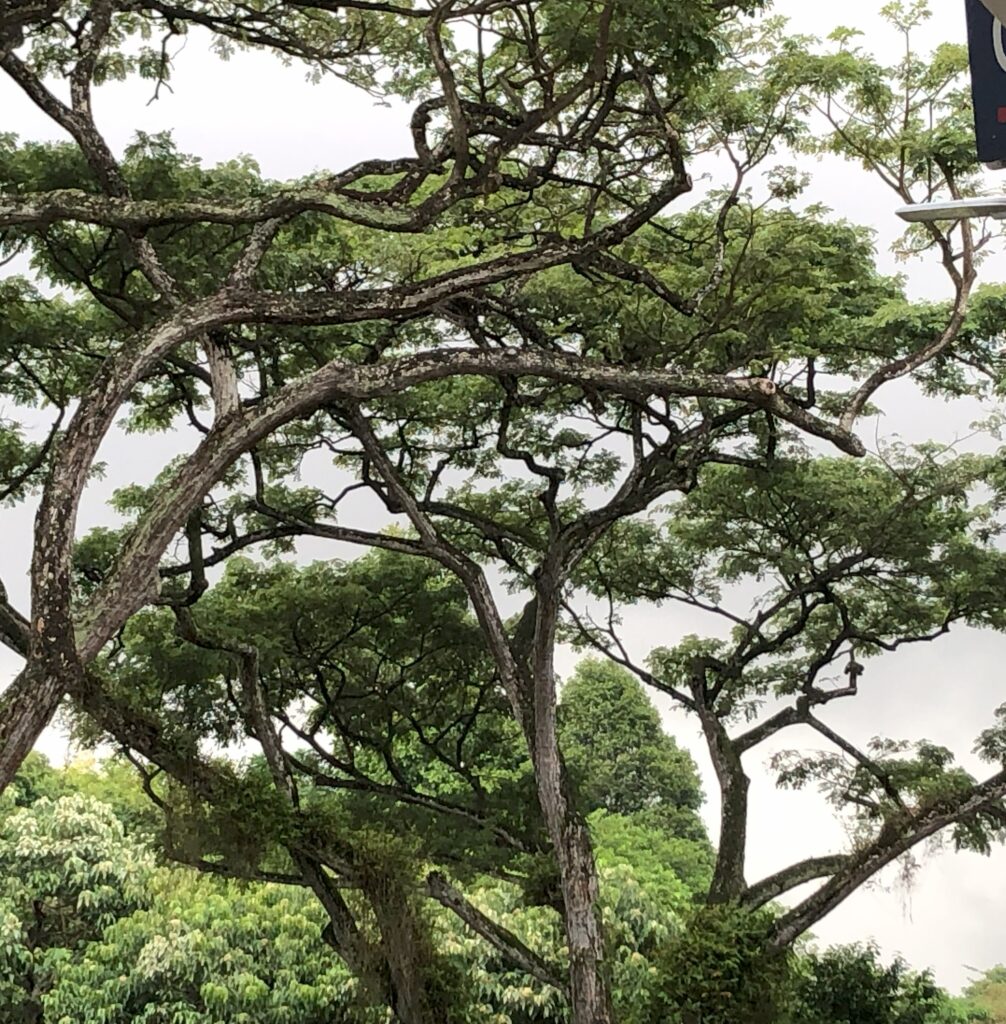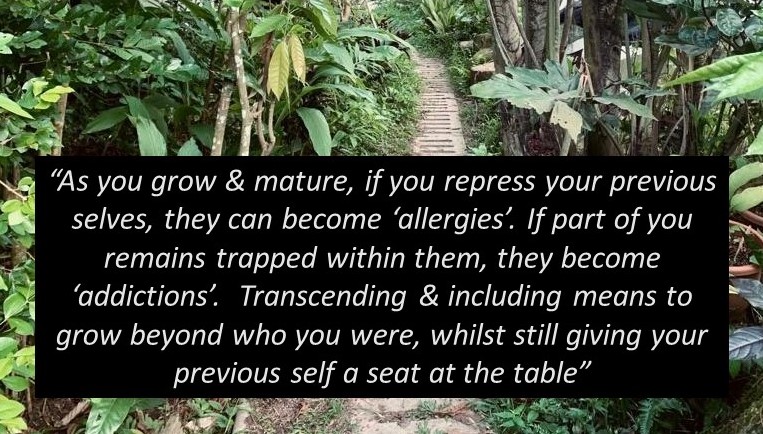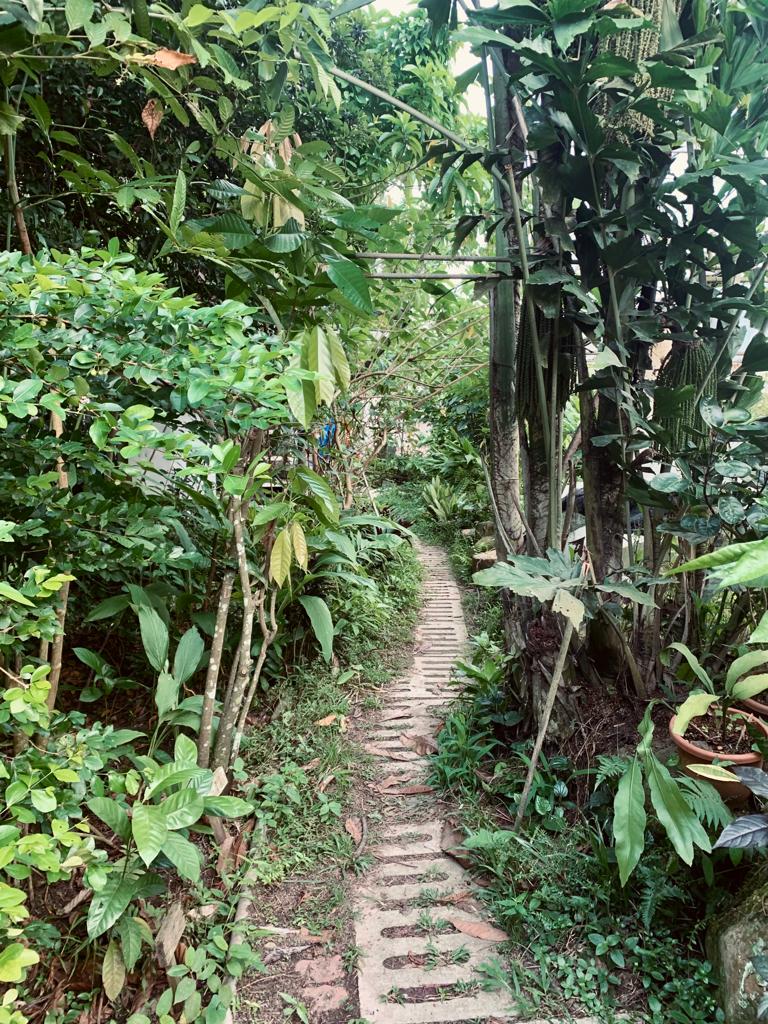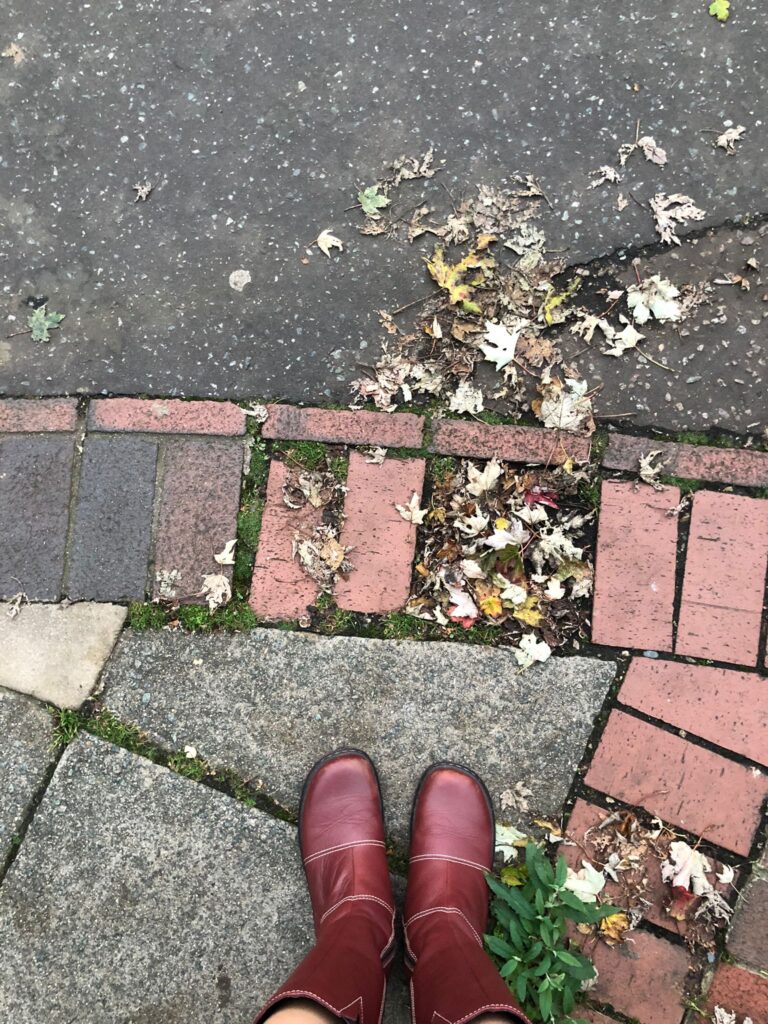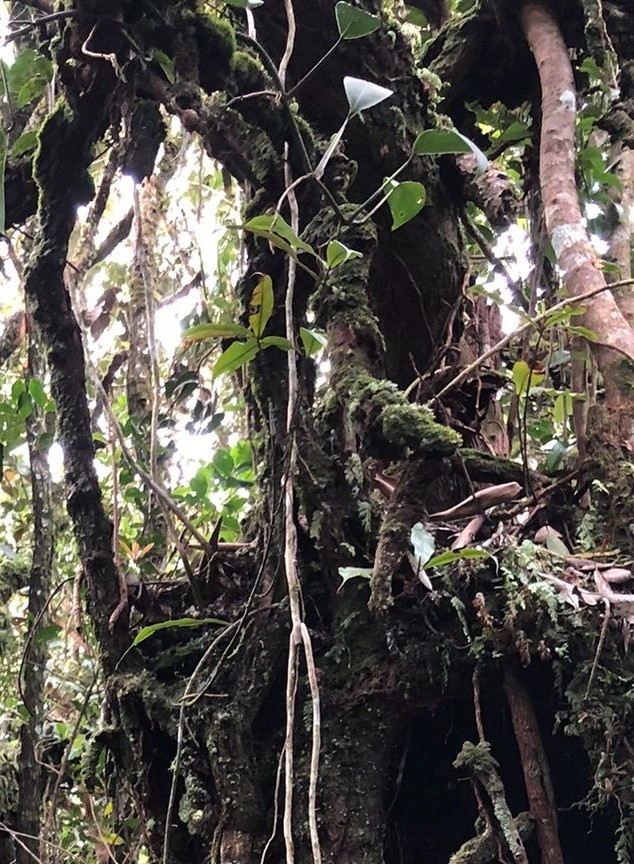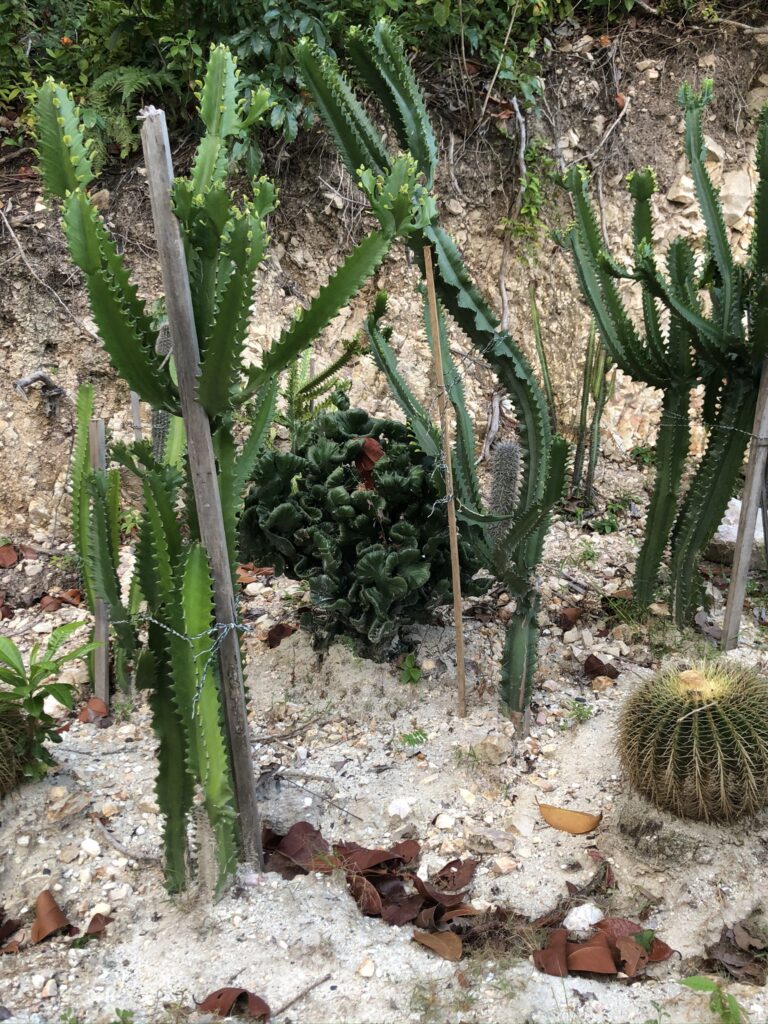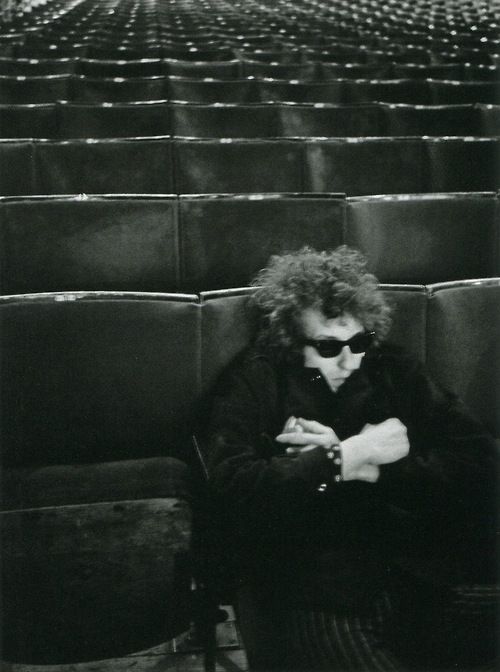“If it isn’t true, useful or funny, don’t say it! You can create your own guidelines for your mindful speech practice, but this one is a fun one to get started”

Dear Integral Meditators,
This week’s article is on the relationship between your inner power & mindful speech. If you enjoy it, feel free to join us for the Tuesday or Wednesday meditation class, where it will be the subject of the session.
The workshop I am offering for July is the Psychic & Psychological Self-defense half-day WS, if you are interested in it, let me know and we can look for a time that works for all who want to attend.
New events this month include the Engaged mindfulness class, and the mantra yoga meditation. both are online, click the links for full details.
In the spirit of mindful speech,
Toby
Mindful speech, inner chatter, inner power
Speech and your inner power
At a wedding a few years ago, I met a nun who had been one of my teachers back in the 90’s when I was a Buddhist monk. Asking here about her current practice, she said that she was really enjoying her mantra meditation practice, finding new insights and growth through it. She followed this up by saying that she thought that particularly these days, people dissipated the power of their speech by talking too much, and talking meaninglessly. I think this is worth reflecting upon. When you talk, it is essentially your mental, emotional, and physical energy combining to create the sound vibration. If you are talking too much, and without much meaning then essentially you are diluting your energy, your life-force and its power. Too much of this obviously isn’t great.
Of course, you can also speak meaningfully and powerfully in a way that grows your inner power, creates meaningful connection, and expresses authenticity. So, it’s not about simply speaking less, but speaking consciously and with meaning. Of course that meaning can also be playful, light, fun as well as serious, but not just mindless, impulsive babble!
Not just physically silent
The reason we often speak to much and without direction is because it reflects our mind. Our mind is busy talking all the time, full of inner chatter. If we simply don’t say things out loud, that doesn’t solve our energy dissipation problem, because we are still dissipating it through over-thinking! So, like our physical speech, a principle around our mind-chatter should also be something like ‘Think less, think better’.
Listening and watching
A good mindfulness practice for reducing your inner and outer chatter is simply to listen more. When you are with others, really try and listen to and make space for what they are saying, and what lies behind it. When you are with yourself, spend time mindfully observing your inner chatter, listening to it, rather than ‘being’ it. Let your energy gather into your inner-listener, rather than being dissipated by your inner chatter-box!
Noticing silence
If you practice mindful listening in this way, then amidst the noise, you’ll also start to notice the inner and outer silence. Amongst other things this silence is a place where you can gather your inner power and energy, centering it in the moment, rather than weakening it. Centering around silence means that when you do speak, you speak from your center, with power and purpose.
Other people’s chatter
All of the above are helped by editing the quality and amount of distraction you expose yourself to during your day. If you’re filling your mind with information from your phone, the internet, and social media, then it’s almost impossible to talk, listen or be silent mindfully. So, patches of non-doing in your day really help.
Below is a short anecdote from Anthony Del Mello’s ‘One minute wisdom’. If it isn’t true, useful or funny, don’t say it! You can create your own guidelines around mindful speech, but this one is a fun one to get started.
SPEECH
The disciple couldn’t wait to tell the Master the rumour he had heard in the
marketplace.
“Wait a minute,” said the Master, “What you plan to-tell us is it true?”
“I don’t think it is.”
“Is it useful?”
“No. it isn’t.”
“Is it funny?”
“No.”
“Then why should we be hearing it?”
Related reading: The way to silence
© Toby Ouvry 2024, you are welcome to use or share this article, but please cite Toby as the source and include reference to his website www.tobyouvry.com
Follow Toby on: LinkedIn, YouTube, Instagram
Integral Meditation Asia
Online Courses * 1:1 Coaching * Books * Live Workshops * Corporate Mindfulness Training *Life-Coaching * Meditation Technology

